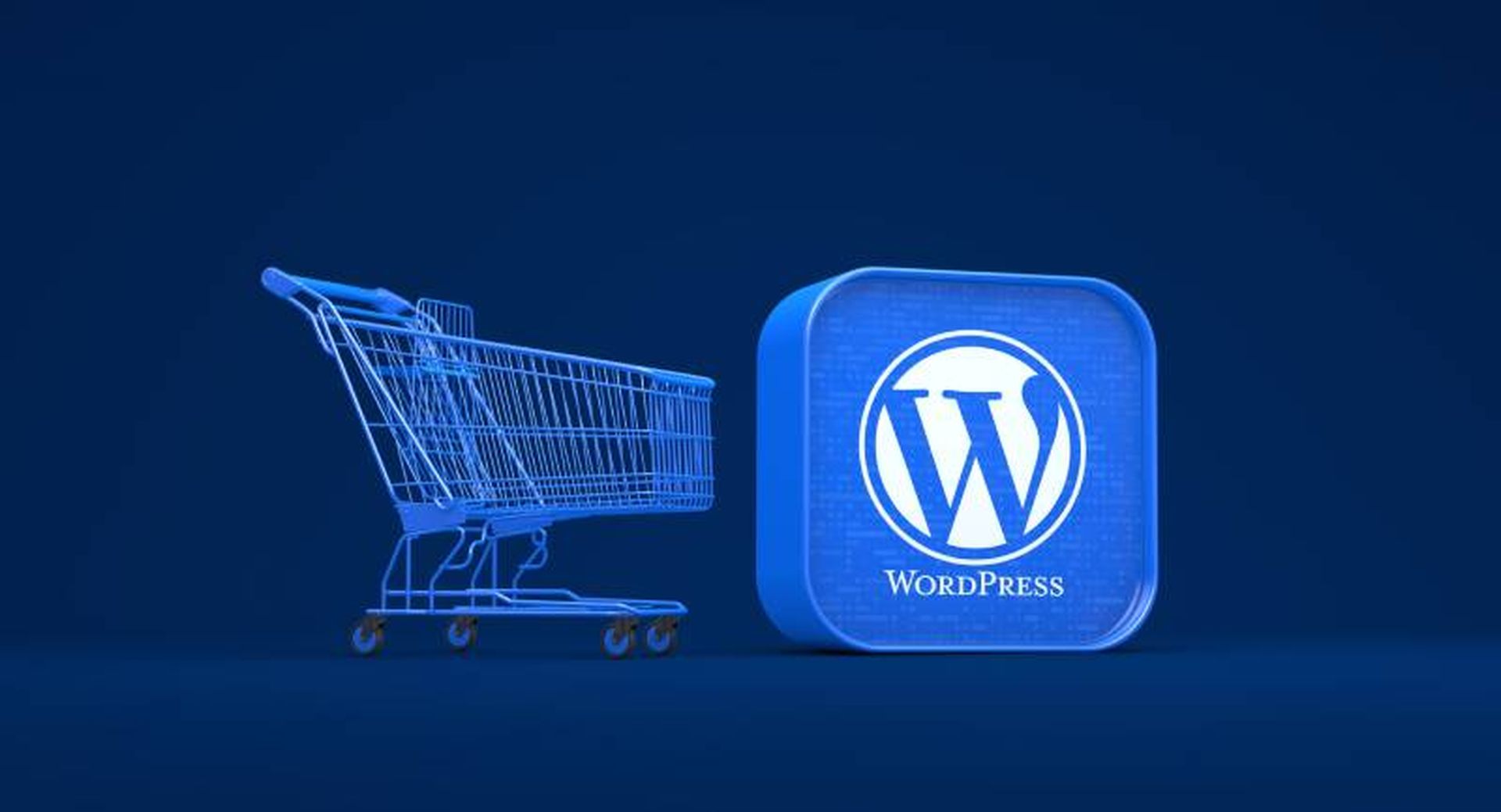Guest blog courtesy of CYRISMA.
Data breaches today can have devastating consequences for organizations, leading to financial losses, legal repercussions, and irreparable damage to reputation. Sensitive digital data is the prime target for cybercriminals, and a single breach can compromise millions of business-critical records and cripple operations. This makes understanding and complying with data privacy laws critical. These laws not only safeguard individuals’ rights and control over their information, but also provide a clear framework for organizations to handle data responsibly. Failing to comply can result in hefty fines, operational disruptions, and loss of consumer trust. By prioritizing data security and staying informed about evolving privacy regulations, organizations avoid legal pitfalls and build trust with stakeholders to foster a sustainable future in the digital age.
The first step towards strong data protection is understanding what data your organization handles, whether on-prem or in the cloud, and identifying which data records are sensitive and need stronger security. In this blog post we explore what makes particular data types sensitive, how to determine what to protect, and the specific data categories protected under HIPAA and PCI DSS.
What is Sensitive Data?
Sensitive data is information that, if lost, misused, accessed, or modified without authorization, could cause significant harm to an individual, organization, or society. This harm can cover various aspects, including:
- Security: Compromise of data that could be used for malicious purposes, like cyberattacks or identity theft.
- Privacy: Violation of individual privacy rights and potential exploitation of personal information.
- Financial: Economic losses due to data breaches or disruption of critical business operations.
- Reputational: Damage to an organization’s reputation or public trust, potentially leading to lost customers or business opportunities.
- Legal: Violations of data protection laws and regulations, potentially leading to significant fines, penalties, and legal action
- National Security: Threats to national security if sensitive government or infrastructure data is compromised.
Assessing Data Sensitivity
Assessing the sensitivity level of organizational data should ideally involve a careful analysis of the risks and potential impact associated with the specific information. Different data owners may assign varying levels of importance to information based on their needs and context.
Key factors contributing to data sensitivity:
- Data Type: Personal information (PII), financial data, health records, intellectual property, etc.
- Context: Use of the data, how critical it is to business operations, and associated regulations.
- Impact: Potential consequences of unauthorized access or misuse of the data.
- Vulnerability: Ease with which the data can be compromised or accessed.
Data Categories Protected under HIPAA
The Health Insurance Portability and Accountability Act of 1996, or HIPAA, is a U.S. federal law that protects the privacy and security of individually identifiable health information, known as protected health information (PHI). HIPAA establishes certain standards and regulations that organizations and individuals must follow to ensure the confidentiality, integrity, and availability of PHI.
HIPAA-Covered Entities
Covered entities are the organizations and individuals directly subject to HIPAA regulations. They must comply with various provisions of the law to protect patient privacy and health information. These entities include:
- Health plans: This encompasses a wide range of organizations offering health insurance coverage, such as employer-sponsored plans, Medicare, Medicaid, and individual health plans.
- Healthcare providers: This includes doctors, hospitals, clinics, dentists, mental health professionals, and other healthcare practitioners who electronically transmit health information in connection with certain transactions.
- Healthcare clearinghouses: These are organizations that transform health information into a standard format for transmitting to other entities.
It’s important to note that not all healthcare providers fall under HIPAA. It only applies to those who transmit health information electronically as part of certain defined transactions. Additionally, HIPAA doesn’t directly apply to individuals, but it grants them specific rights regarding their PHI, such as the right to access, amend, and request restrictions on its use and disclosure.
Beyond these core covered entities, HIPAA also regulates:
- Business associates: These are third-party vendors or service providers who access or use PHI on behalf of covered entities. They must also comply with specific HIPAA provisions to protect patient data.
- Hybrid entities: These are organizations with components that meet the definition of different covered entity types.
Knowing whether you or your organization is considered a covered entity is crucial to understanding your obligations and protecting patient privacy under HIPAA regulations.
Data Types Protected Under HIPAA
HIPAA protects various types of sensitive health information, known as Protected Health Information (PHI). Some of the key data types protected under HIPAA include:
- Personal Identifiers: This includes names, addresses, dates of birth, Social Security numbers, and other similar personal identifiers.
- Health Information: Any information related to an individual’s past, present, or future physical or mental health condition, including medical history, diagnoses, treatment information, and medication details.
- Payment Information: Any information related to the payment for healthcare services, such as billing records, insurance information, and financial account numbers.
- Genetic Information: Information about an individual’s genetic tests and the genetic tests of their family members, as well as information about the manifestation of a disease or disorder in an individual’s family members.
- Biometric Data: Certain biometric identifiers such as fingerprints, voiceprints, and retinal scans when used for identification purposes.
- Health Insurance Information: Information related to an individual’s health insurance policy or coverage, including policy numbers, coverage dates, and claims information.
- Unique Identifiers: Any unique code, number, or characteristic that can be used to identify an individual, such as medical record numbers or patient account numbers.
- Electronic Protected Health Information (ePHI): Any of the above types of information that are transmitted, stored, or processed electronically, including data in electronic health records (EHRs), emails, and databases.
These data types are safeguarded under HIPAA to ensure the privacy and security of individuals’ health information and to promote the confidentiality of healthcare transactions.
Challenges in determining if data is protected under HIPAA
Ascertaining whether certain data types are protected under HIPAA can be complex due to several factors:
- De-identified data: HIPAA protects “protected health information” (PHI), which includes any individually identifiable health information. However, the definition of “individually identifiable” can be tricky. De-identified data, meaning data with direct identifiers removed, can still be considered PHI if it can be easily re-identified using other available information. This creates a gray area where determining the level of protection becomes challenging.
- Derivative data: Data derived from PHI, like aggregated statistics or trends, might not inherently be PHI. However, if it can be reasonably used to re-identify individuals, it falls under HIPAA protection. This requires careful analysis of the data creation process and potential re-identification risks.
- Contextual interpretation: The context in which data is used and disclosed plays a crucial role. Information considered PHI in one context might not be in another. For example, sharing a patient’s name and diagnosis for treatment purposes falls under HIPAA, but sharing the same information for marketing purposes wouldn’t. This contextual interpretation adds complexity to data classification.
- Evolving technologies: New technologies like machine learning and data analytics constantly blur the lines between identifiable and de-identified data. As these technologies advance, understanding how they interact with HIPAA regulations becomes increasingly difficult.
- Multiple interpretations and guidance: Different interpretations of HIPAA regulations and varying levels of guidance from the Department of Health and Human Services (HHS) can create ambiguities. Organizations might have differing understandings of what constitutes PHI, leading to potential compliance issues.
- Limited enforcement resources: The Office for Civil Rights (OCR) within HHS, responsible for enforcing HIPAA, has limited resources to address all violations. This can create uncertainty for organizations regarding the potential consequences of misinterpreting and mishandling data.
Overall, while the core principles of HIPAA are clear, complexities arise in applying them to various data types and situations. To navigate these complexities, organizations need to stay updated on evolving regulations, consult with legal and compliance professionals, and implement robust data governance practices. If you are unsure about whether a certain data type is protected or not, it’s best to err on the side of caution and apply strong security measures.
Data Categories Protected under PCI DSS
The Payment Card Industry Data Security Standard (PCI DSS) is a set of globally recognized security requirements designed to protect sensitive cardholder data and reduce the risk of data breaches. It’s managed by the PCI Security Standards Council (PCI SSC), an independent body funded by major payment card brands like Visa, Mastercard, Discover, American Express, and JCB.
PCI DSS Covered Organizations
Any organization that stores, processes, or transmits cardholder data needs to comply with PCI DSS. This includes:
- Merchants: Businesses of all sizes accepting credit or debit card payments, in person, online, or over the phone.
- Service Providers: Companies that support merchants in processing payments, like payment gateways, processors, and data centers.
- Issuers and Acquirers: Banks and other financial institutions that issue and acquire credit cards.
The specific requirements of PCI DSS vary depending on the organization’s size and the volume of cardholder data it handles. However, all entities covered under PCI DSS need to adhere to the 12 core requirements, which encompass areas like:
- Building and maintaining strong network security controls.
- Protecting cardholder data with strong encryption.
- Regularly managing and monitoring systems and networks.
- Maintaining comprehensive security policies and procedures.
- Regularly testing systems and processes for vulnerabilities.
By complying with PCI DSS, organizations can:
- Reduce the risk of data breaches and associated financial losses.
- Protect their customers’ sensitive information.
- Maintain good relationships with payment card brands and processors.
Non-compliance with PCI DSS can lead to:
- Financial penalties.
- Reputational damage.
- Loss of processing privileges.
Data Types Protected Under PCI DSS
The sensitive data types protected under PCI DSS include:
- Primary Account Number (PAN): This is the most critical piece of cardholder data, typically the long number on the front of a payment card (credit card or debit card).
- Cardholder Name: The name of the individual to whom the payment card is issued.
- Expiration Date: The date printed on the payment card indicating when the card expires.
- Service Code: The three-digit or four-digit code on the payment card magnetic stripe, used for card authentication during card-present transactions.
- Sensitive Authentication Data (SAD): This includes full magnetic stripe data, card verification code/values (e.g., CVV, CVV2, CVC, CVC2), and PINs/PIN blocks.
- Cardholder Data (CHD): This is a broader category that includes PAN, cardholder name, expiration date, and SAD.
- Personal Identification Number (PIN): The numeric code used to authenticate the cardholder during PIN-based transactions.
PCI DSS aims to protect this sensitive payment card data throughout the transaction process, from the point of cardholder entry to storage, transmission, and processing. Compliance with PCI DSS standards helps prevent data breaches and unauthorized access to payment card information, thereby safeguarding cardholder privacy and reducing financial fraud risks.
Leveraging CYRISMA for Sensitive Data Protection
The CYRISMA platform includes features for discovering, classifying and protecting all kinds of sensitive data categories and formats.
Here’s some of what you can do with the platform:
- Run data scans to discover dozens of sensitive data categories. You can create custom categories too.
- Find sensitive data in both on-prem and cloud environments (Microsoft Office 365, Google Workspace apps)
- Protect sensitive data by encrypting, deleting, changing access permissions or moving it to a secure location.
- Find the dark web value of the organization’s sensitive data
- Track compliance with data privacy regulations including HIPAA and PCI DSS.
- Run vulnerability and configuration scans on systems and apps to protect the devices that store sensitive data.
- … and more!
This is in addition to vulnerability scanning, patch management, GRC, secure baseline scanning, dark web monitoring, Active Directory monitoring, Microsoft Copilot Readiness Assessments, Risk Mitigation, Scorecards and Reporting, and more!
Learn more about the complete CYRISMA Ecosystem and how MSPs and MSSPs are leveraging it.
Request a demo for a deep dive!




